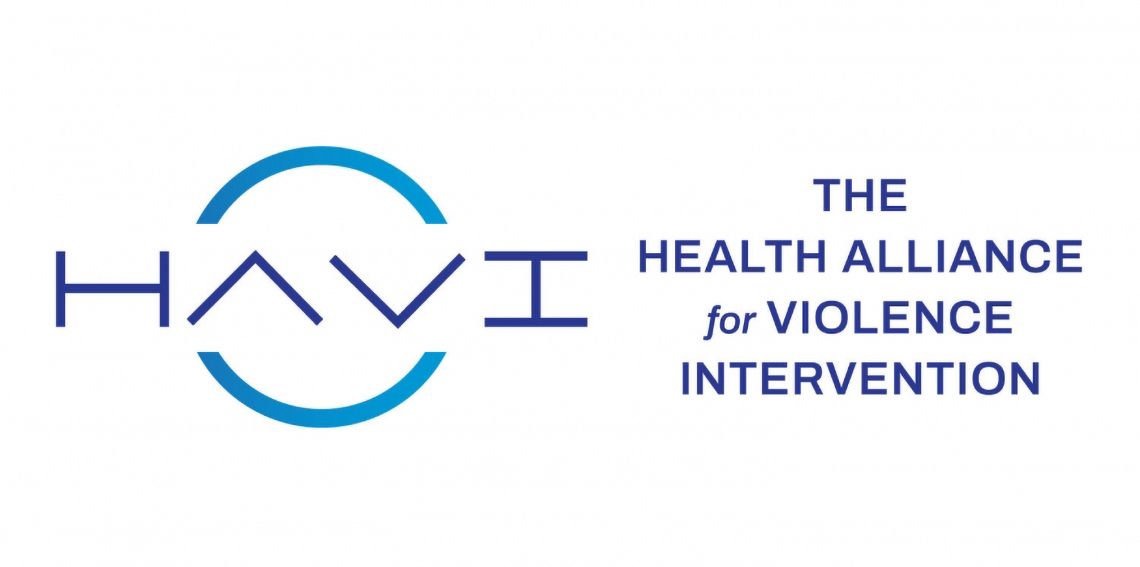
“There was a young man of color in the back seat of a car, abdomen glimmering with blood, too terrified to get out of the car and into the hospital. I physically pulled him out of the back seat of the car and wheeled him into the trauma bay. I intubated him and trauma took him to the OR. The next day, I checked the newspaper to see what they had to say about this shooting. Nothing was there. It simply wasn't deemed newsworthy. After that episode, I would check the newspaper after caring for other gunshot wound patients and found that it was a pattern. To me, that seemed to suggest that our society has become numb to the everyday tragedies our own neighbors experience.” – Dr. Kyle Fischer
Firearm violence is a topic that is all too familiar to clinicians who work in the emergency department. In the urban settings in which gunshot wounds are commonplace, they are merely a blip on the radar of inner-city violence. Though interpersonal violence is often dismissed as inevitable among the general public, the CDC now recognizes violence as a preventable public health problem(1).
Part of that prevention involves breaking the cycle of violent injury, psychological trauma, substance abuse, and retaliation. Dr. Kyle Fischer, Clinical Assistant Professor at University of Maryland School of Medicine and policy director at the Health Alliance for Violence Intervention, is part of a group of clinicians across the country dedicated to changing the role of the emergency department in post-GSW care through a model of care called Violence Intervention Programs.
“We know from patient experience and research that stability for hospital discharge is only the start of a patient's recovery after a gunshot wound or stabbing,” says Fischer. “Beyond physical injuries that range from chronic wounds to spinal cord injuries, these patients suffer from tremendous psychological injury.” One study found that post-traumatic stress symptoms were present in 80% of victims 8 months after a gunshot wound(2). While this research is not new, the innovative programs that aim to address the sequelae of psychological trauma and prevent re-injury are fairly novel.
Violence intervention programs aim to intervene in the cycle of violence during the moments of vulnerability after a patient has been stabilized in the emergency department or trauma floor. After opting-in to the program, victims meet with an interdisciplinary team to ensure medical, behavioral, and social care beginning in the hospital and continuing several months after discharge. Violence intervention programs utilize a team of providers including physicians, nurses, psychologists, and most importantly, Violence Prevention Professionals. “Prevention professionals typically are individuals with deep roots to the communities they serve and often have a history of prior injury themselves,” explains Fischer. “At the end of the day, they make sure that when patients identify needs in their path to recovery, those needs are addressed.“ These needs range from medical care to family therapy to connecting victims with social services.
“The longer I work in communities affected by violence, the more it feels as though if I don't work on the issue, then I'd be turning my back on my own patients,” he concludes.
References
- Preventing Multiple Forms of Violence: A Strategic Vision for Connecting the Dots. Atlanta, GA: Division of Violence Prevention, National Center for Injury Prevention and Control, Centers for Disease Control and Prevention, 2016.
- Greenspan and Kellermann, Physical and psychological outcomes 8 months after serious gunshot injury. The Journal of Trauma: Injury, Infection, and Critical Care: October 2002 - Volume 53 - Issue 4 - p 709-716

Genevieve Kupsky is a rising third-year medical student at George Washington SMHS from the St. Louis area. Her interests include health policy, end-of-life care, firearm violence prevention, substance use disorders, and ethics. She enjoys camping, cooking, and classic rock.